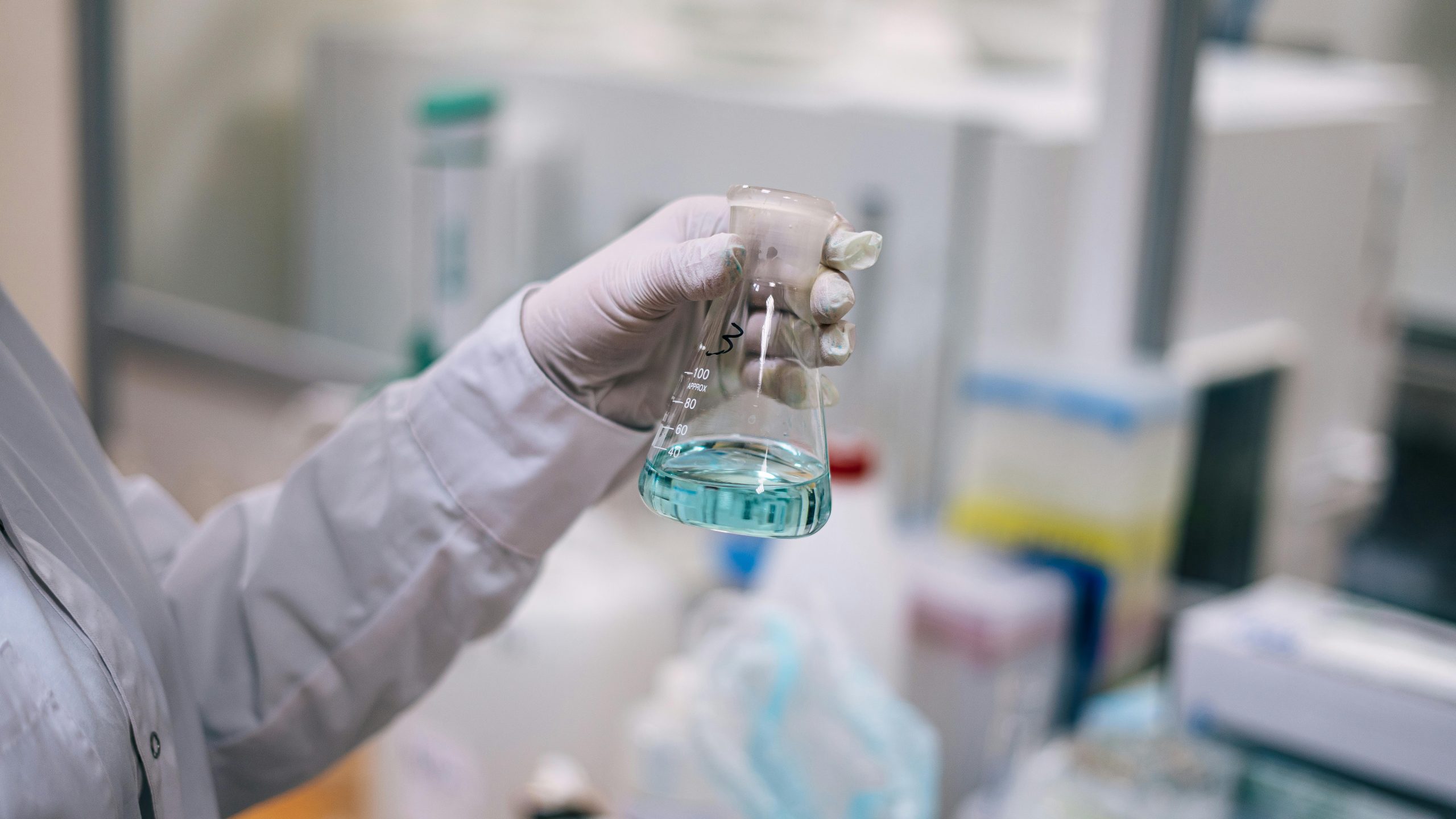Summary
This test is an international standard that specifies a method for determining the inhibition of unicellular marine algae by substances and mixtures found in seawater. This is an ecotoxicity test specifically designed for marine environments.
The ISO 10253 Testing Method
The ISO 10253 testing method describes a 72 hour growth-inhibition assay with two marine diatoms, Skeletonema sp. and Phaeodactylum tricornutum, to quantify how dissolved, dispersed, or eluate-borne contaminants reduce the specific growth rate of coastal phytoplankton. Algal cultures are incubated in synthetic or natural seawater under continuous light. Cell density is measured are regular intervals and compared with untreated controls. A geometric series of at least 5 concentrations is used to derive 72 hour ErCx/EyCx values, with the preferred regulatory endpoints being the ErC50 and NOEC based on specific growth-rate inhibition.
Here are some additional details about the ISO 10253 test method:
- Test organisms: Skeletonema sp. (e.g. CCAP 1077/1C) or Phaeodactylum tricorutum (e.g. CCAP 1052/1A) with the stock kept exponentially growing in seawater medium
- Exposure period: 72 hours ± 2 hours
- Measurement frequency: Every 24 hours ± 2 hours
- Test design:
- At least 5 concentrations in geometric ratio ≤ 3.2 and controls
- 3 replicates per level
- 6 replicates for controls
- Optionally, a limit test is possible at 100 mg L⁻¹ or solubility limit
- Medium:
- Synthetic seawater or filtered natural seawater
- pH adjusted to 8.0 ± 0.2
- Final salinity ≈ 33 g kg⁻¹
- Environmental conditions:
- Continuous light: 60–120 µmol m⁻² s⁻¹ (400–700 nm)
- Temperature: 20 ± 2 °C
- Cultures shaken or stirred
- Inoculum density: ≤ 10⁴ cells mL⁻¹ (3-5x lower for Skeletonema)
- Endpoints:
- ErCx (specific growth rate)
- EyCx (yield) at 72 hours
- NOEC/LOEC via ANOVA
- Optionally, benchmark-dose metrics
- Validity criteria:
- Control biomass increase at least 16-fold
- Change in pH ≤ 1.0
- Variation coefficient of the control specific growth rates ≤ 7%
- Reference toxicant:
- Potassium dichromate or 3,5-dichlorophenol
- EC50 is verified within historical limits at least 2x per year
What Aropha’s ISO 10253 Test Can Do For You
Our goal at Aropha is to help our customers get their products to market as quickly as possible with cost-effective, rapid testing while still providing you with best-in-class ecotoxicity testing. We partner with you to make sure your project is a success from the start. Not only will you have the ability to access our digital twin simulation platform, but with our wide range of biodegradability testing offerings, you’ll be able to make sure your products meet the persistence and ecotoxicity criteria you require.
The ISO 10253 ecotoxicity test is a great way to determine if your products contain toxic chemicals to coastal phytoplankton, however, we offer so much more. Not only can you take advantage of our countless other biodegradability tests, but you can also use our biodegradability certification services to make sure you can properly substantiate your marketing claims.
Contact our team today to get started on testing your products’ ecotoxicity.
Pricing
Contact us for High-Throughput Screening PricingContact us for Biodegradability Certification Pricing

